When it comes to outdoor survival, having the right tools can often mean the difference between life and death. Among these tools, knives hold a prominent position due to their versatility and utility. If you're heading out into the wilderness, it's essential to understand the role of knives, particularly options like ball bearing knives and pocket knives, and how they can enhance your survival chances.
Understanding the Importance of Knives
Knives have been an essential survival tool for thousands of years, serving as multipurpose instruments for various tasks. Whether for cutting, slicing, or even self-defense, knives are indispensable in numerous scenarios. Below, we explore some of the key roles that knives play in outdoor survival.
Cutting and Preparing Food
One of the primary uses of a knife while camping or hiking is food preparation. From trimming raw meats to cutting fruits and vegetables, knives enable you to prepare nutritious meals in the wild. The right knife can make cooking an easier and more enjoyable process. Whether you choose a sturdy fixed-blade knife or a versatile pocket knife, having a sharp blade on hand can improve your outdoor culinary experience.
Building Shelter
In survival situations, having a secure place to sleep is critical. Whether it’s setting up a tent, constructing a lean-to, or preparing firewood, a reliable knife can help you manipulate materials that create shelter. Knives can cut through twine, ropes, and various natural resources, allowing you to effectively build a temporary home in the wilderness.
Starting a Fire
Fire is essential for warmth, cooking, and protection against wildlife. Knives can help in gathering tinder and kindling. A knife can shred dry materials into finer components, making it easier to ignite a flame. Additionally, many knives come with features to help with striking or creating sparks, particularly ball bearing knives. This functionality can be critical for starting fires in a survival scenario.
Types of Knives for Outdoor Survival
When selecting a knife for outdoor survival, the type of knife you choose can significantly impact your effectiveness in various survival tasks. Here’s an overview of some common types:
Fixed Blade Knives
Fixed blade knives are robust and often provide enhanced strength and durability compared to folding knives. These knives are ideal for heavy-duty tasks like chopping wood or quartering game. Their solid construction ensures that they won’t falter under pressure, making them a favorite among survival experts.
Folding Knives
Folding knives, which include pocket knives, are known for their portability. These knives fold into themselves, making them compact and easy to carry. While not as strong as fixed blades, modern folding knives, especially ball bearing knives, often feature high-quality materials that offer both durability and versatility. Their ability to fit comfortably in your pocket makes them an excellent tool for everyday carry and outdoor excursions.
Multi-tools
Multi-tools combine various implements, including blades, screwdrivers, and pliers, into one compact device. Having a multi-tool means you can tackle numerous tasks with a single device. These tools are especially useful for those who want versatility without the burden of carrying multiple individual tools. Many multi-tools also incorporate strong blades that serve well in survival situations.
The Anatomy of a Survival Knife
Knowing what to look for in a quality survival knife can greatly influence your survival effectiveness. Here are some essential features to pay attention to:
Blade Material
The blade material dictates how well the knife performs in various tasks. Stainless steel, high-carbon stainless steel, and tool steel are common materials. Researching the properties of these materials can help you determine which type aligns best with your intended use. Look for blades that provide a good balance between durability, sharpenability, and resistance to rust or corrosion.
Blade Length
Moreover, the length of the blade also matters. A shorter blade might be easier to control for finer tasks, while a longer blade can be effective for chopping or cutting larger items. A 3-5 inch blade works well for most outdoor tasks, making it a viable option for a survival knife, particularly in combination with other tools.
Ergonomic Handle
When you're in the wilderness, comfort matters. An ergonomic handle reduces fatigue during prolonged use and allows for a secure grip, ensuring that you can maintain control over the knife even when the conditions are less than ideal. Materials such as G10, rubber, or Micarta can enhance grip and comfort for longer periods.
Maintaining Your Knife for Long-Term Use
Having a knife is just the beginning; knowing how to maintain it is crucial for ensuring that it remains functional during crucial times. Here are a few maintenance tips:
Regular Cleaning
Dirt, sap, and other residues can accumulate on your knife. Regular cleaning helps prevent corrosion and keeps the blade in peak condition. After use, wash your knife with warm, soapy water and dry it thoroughly. Avoid submerging knives in water for prolonged periods, especially if they are made of materials sensitive to rust.
Sharpening
A dull knife is far less effective than a sharp one. Regular sharpening keeps your blade ready for action. Investing in a quality sharpener can extend the life of your knife and improve its performance. Learn various sharpening techniques to ensure that you can keep your knife sharp regardless of the situation.
Proper Storage
How you store your knife when not in use can affect its longevity. Always store your knife in a sheath or designated protective case to avoid blade damage and accidents. Keeping knives dry and away from moisture will help further prevent rust and deterioration.
Knives for Self-Defense
In addition to survival tasks, knives should also be considered for self-defense. Being aware of your surroundings is crucial when in the wilderness. Knives can offer a level of protection against wildlife encounters if used appropriately. However, it's essential to understand this should be a last resort weapon, used only when necessary.
Understanding Local Regulations
Before carrying a knife, it's important to understand local laws and regulations regarding knife carry and use. Some areas may have specific restrictions on knife size and blade type. Always familiarize yourself with the laws in your area and ensure that you comply to avoid legal issues while out in the wild.
Adventure Preparedness and the Role of Knives
Before embarking on an outdoor adventure, it's essential to prepare adequately. This preparation includes determining what tools you'll need, including knives, to adress various survival scenarios. Here’s a brief checklist of considerations to keep in mind:
- Assess Your Needs: Determine the type of outdoor activities you'll be engaging in. Different activities might require different knife types.
- Choose the Right Knife: Based on your needs, select a reliable knife that fits comfortably in your hand and serves multiple purposes.
- Practice Using Your Knife: Familiarize yourself with your knife before heading into the wilderness. Practice common tasks you might need to perform, such as food preparation or crafting tools.
- Pack Your Knife Properly: Ensure your knife is securely stored in your gear, making it easy to access when necessary.
Unlocking the Potential of Your Knife Skills
Developing knife skills is about more than just owning a sharp blade. It encompasses understanding how to use it effectively, maintaining it properly, and integrating it into your outdoor survival skills. Here are some essential skills to hone:
Basic Cutting Techniques
Practicing basic cutting techniques can enhance your efficiency when preparing meals or crafting tools. For instance, learning to slice, chop, and whittle can improve your overall knife proficiency.
Fire Craft Techniques
Understanding how to gather and prepare tinder effectively takes practice. Use your knife to create shavings from wood or gather dried leaves to improve your fire-starting capabilities.
Improvisational Skills
In a survival scenario, improvisation can be key. Learning how to make tools, traps, or even basic fishing equipment using only a knife can greatly enhance your chances of thriving in the wilderness.
Time to Take Action!
The role of knives in outdoor survival cannot be overstated. Whether you are an avid camper, hiker, or survival enthusiast, understanding how to choose and maintain your knife will prepare you for emergencies and elevate your outdoor experiences. Equip yourself with the knowledge to utilize a ball bearing knife or a pocket knife effectively. With the right preparation and practice, you will be ready to face any wilderness adventure that comes your way!
Discover the amazing creations of a fellow Shopify store owner by visiting their online store. Click here to explore. Keep in mind that this is a promotional link, and we are not liable for the content of the linked store.








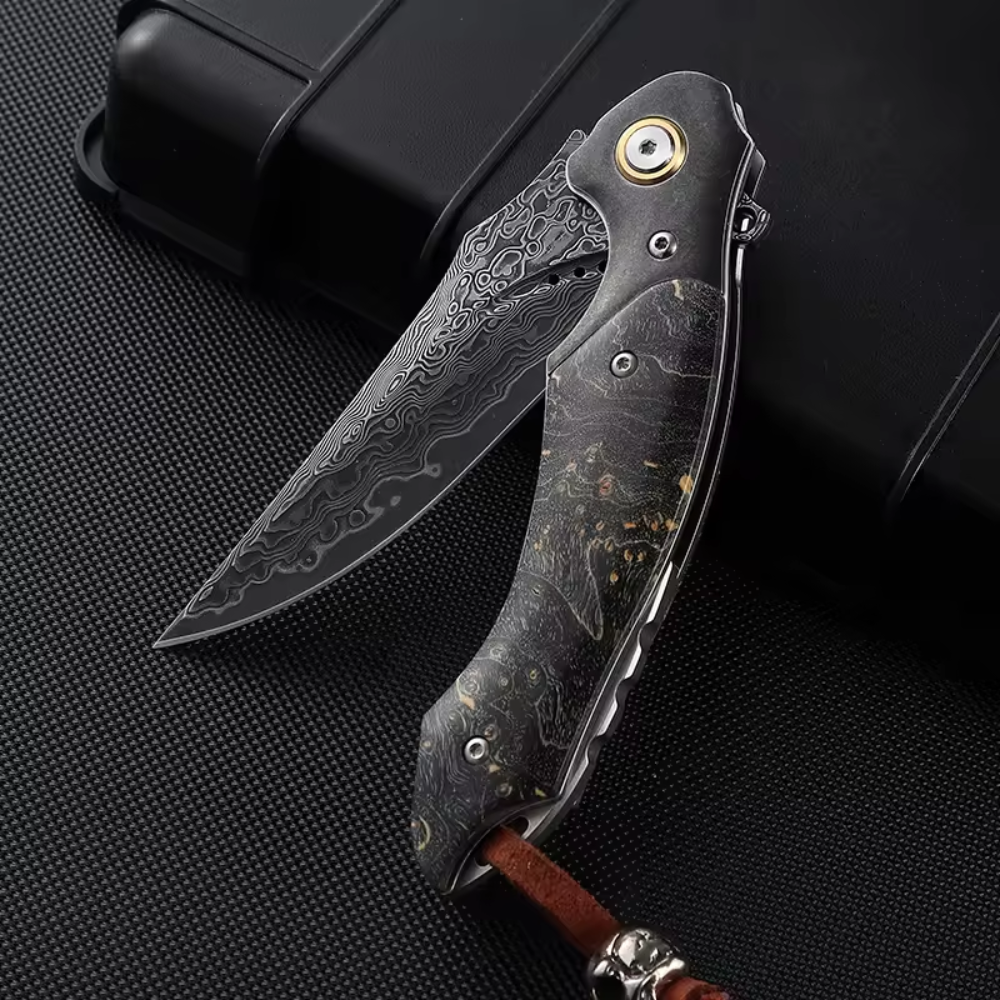


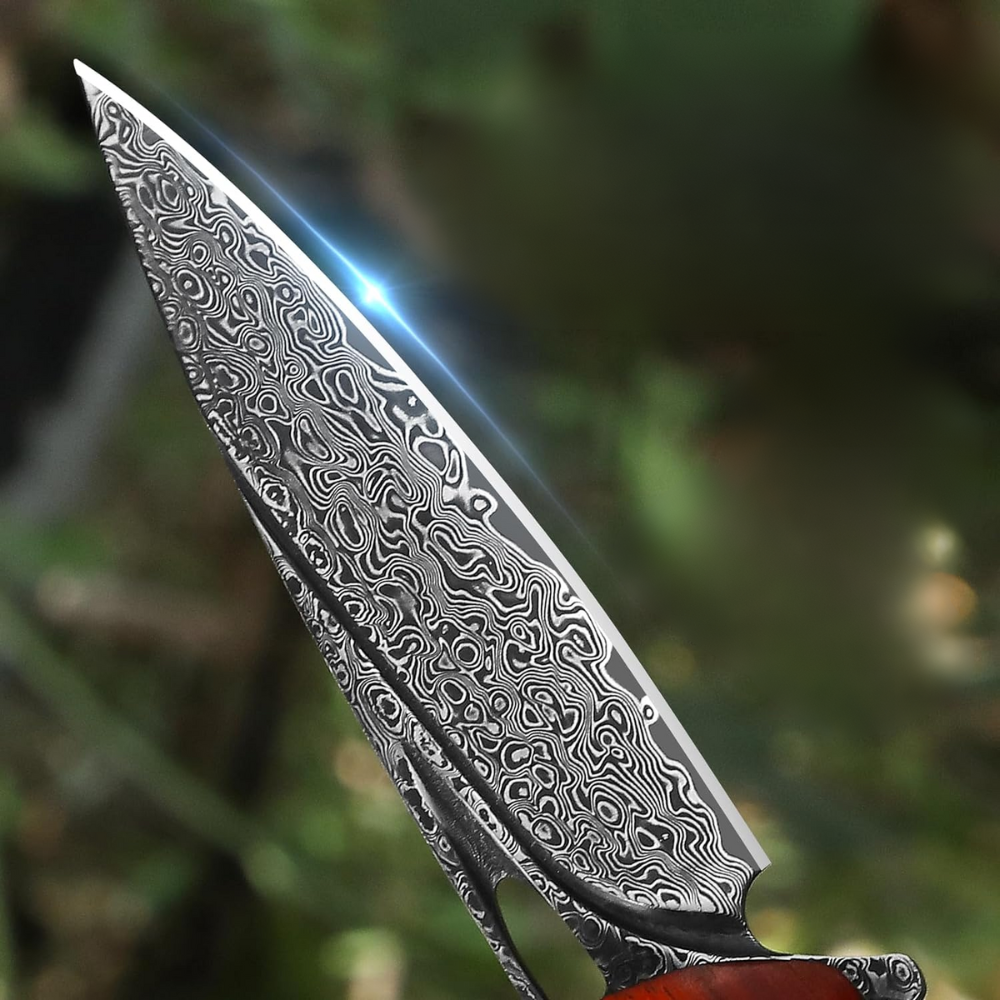








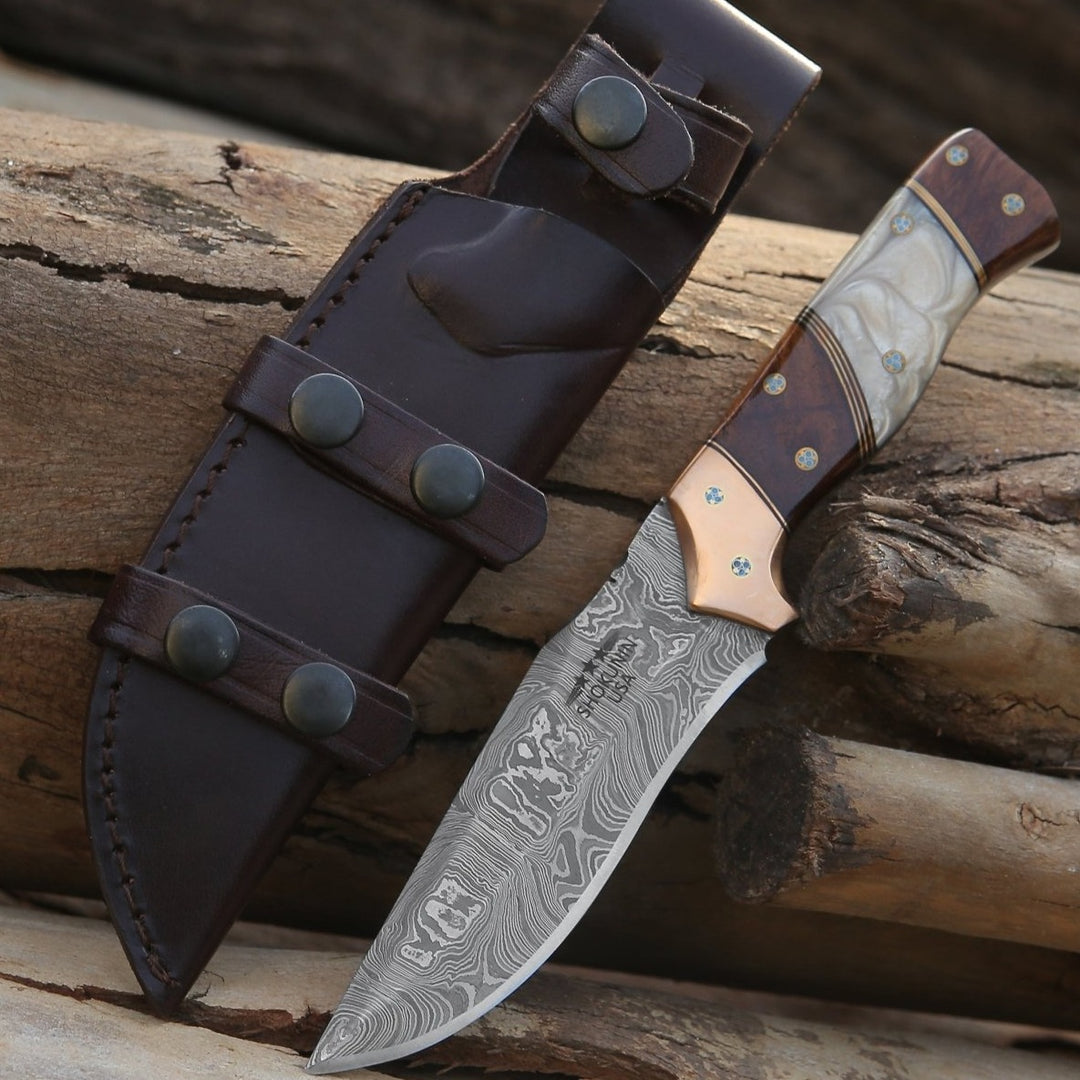
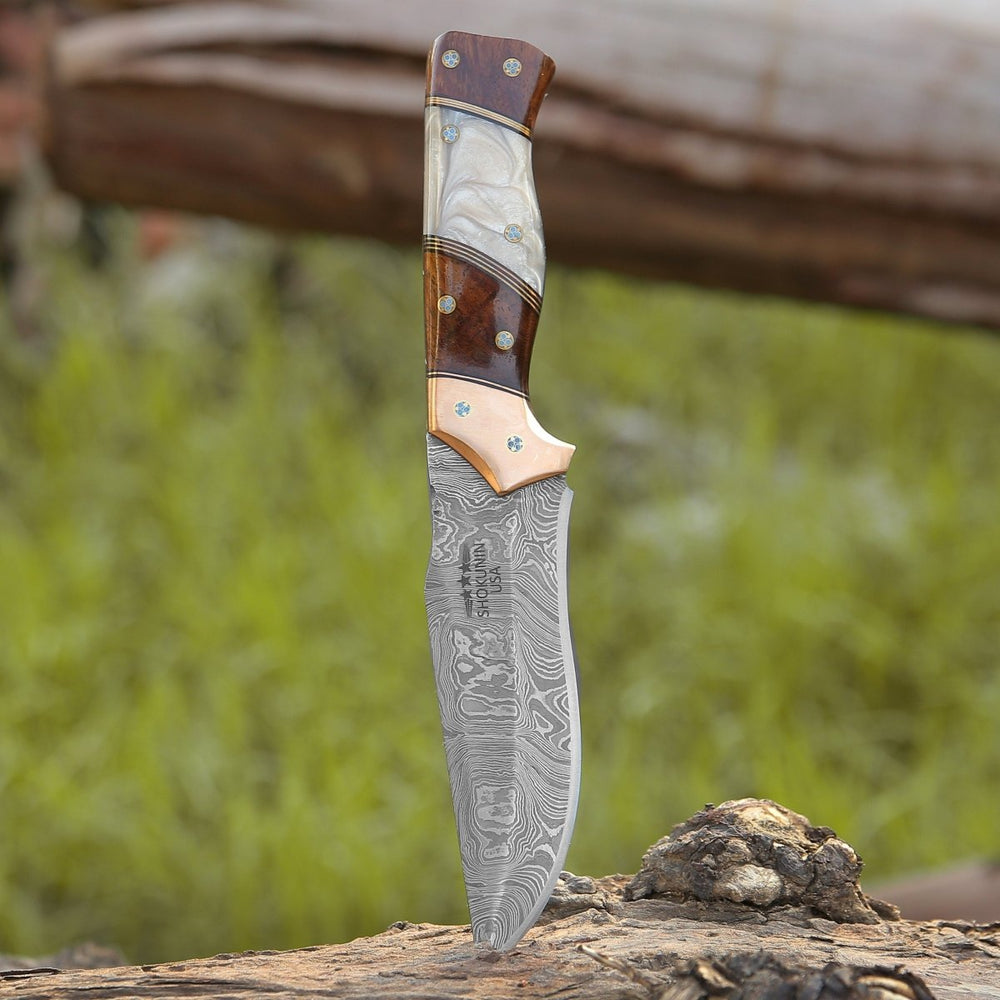


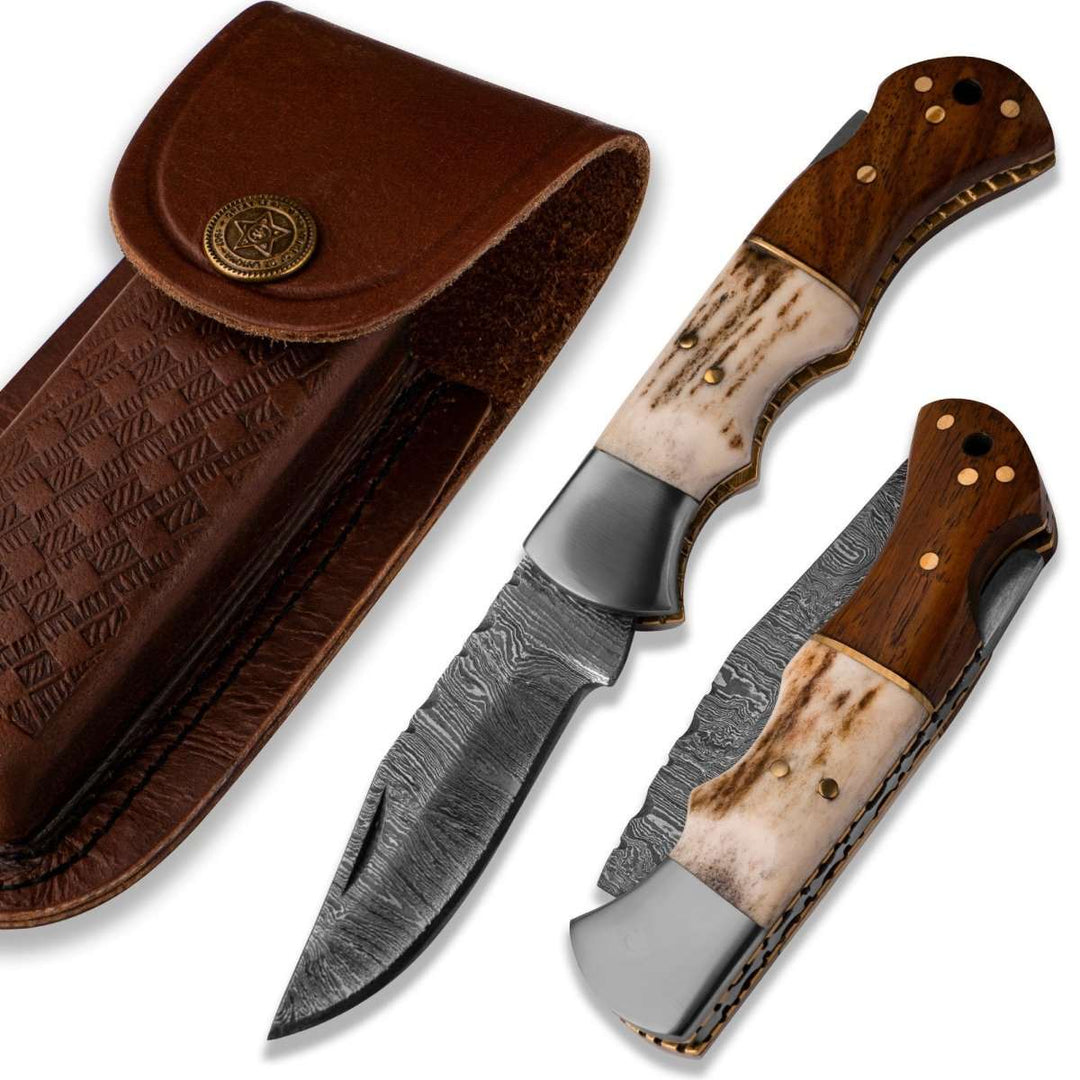





Leave a comment